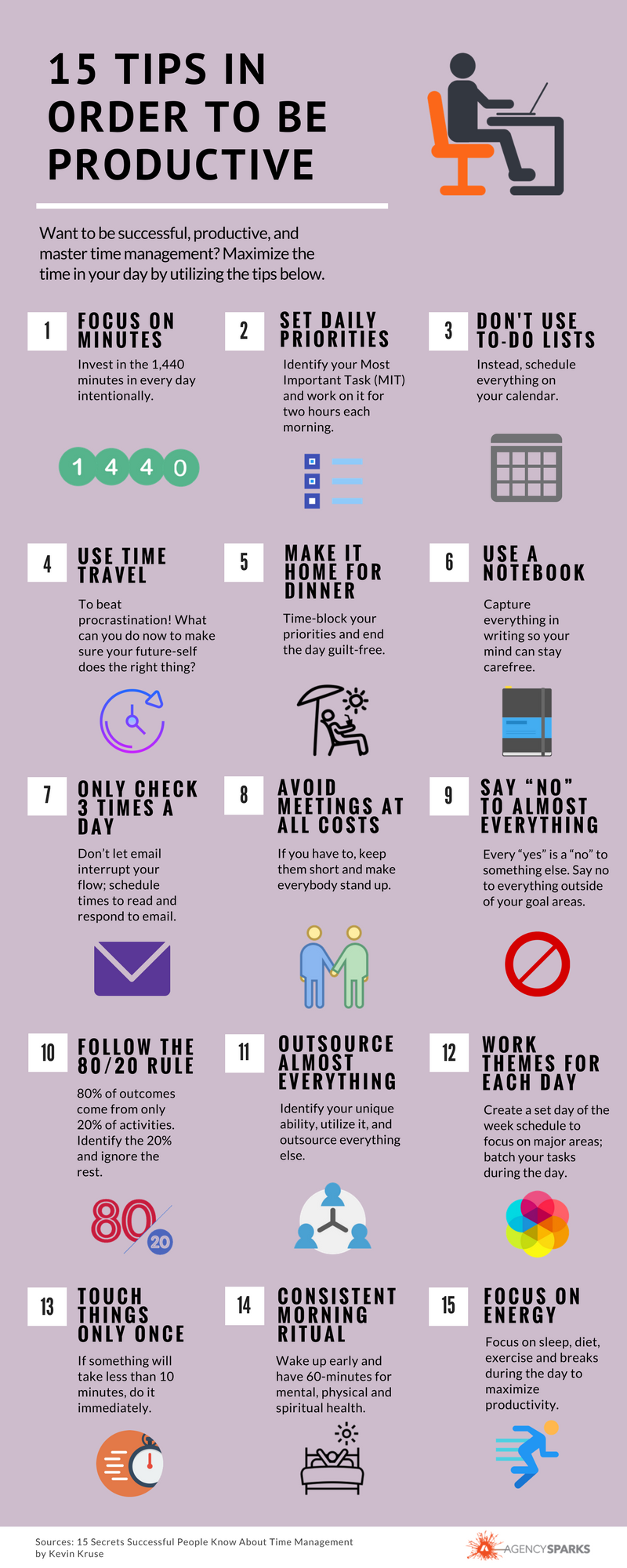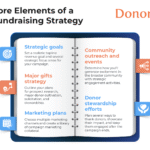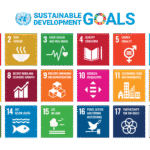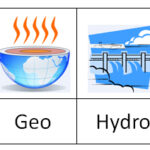Top Productivity Tips to Boost Your Efficiency and Achieve More
In today’s fast-paced world, staying productive can often feel like an overwhelming task. With constant distractions, an ever-growing to-do list, and multiple responsibilities, it can be easy to lose focus. However, improving productivity is not just about working harder but working smarter. In this article, we’ll explore practical productivity tips that can help you get more done in less time, reduce stress, and achieve your personal and professional goals.
1. Prioritize Your Tasks Effectively
One of the first steps to improving productivity is learning how to prioritize your tasks. Not all tasks are equally important, and trying to do everything at once can lead to burnout and inefficiency.
How to Prioritize Tasks
-
The Eisenhower Matrix: This tool helps you divide tasks into four categories: urgent and important, important but not urgent, urgent but not important, and neither urgent nor important. Focus on the first two categories and delegate or eliminate the rest.
-
The 80/20 Rule: Also known as the Pareto Principle, this rule suggests that 80% of your results come from 20% of your efforts. Identify which tasks are the most impactful and focus on them.
-
Daily To-Do Lists: Write down your most important tasks for the day. Keep it realistic—don’t overload yourself. Break bigger tasks into smaller, manageable steps.
Prioritizing helps you focus your energy on what truly matters and ensures that you’re not wasting time on less important activities.
2. Set SMART Goals
Setting goals is crucial for productivity, but not all goals are created equal. The SMART framework—Specific, Measurable, Achievable, Relevant, and Time-bound—ensures that your goals are well-defined and attainable.
Benefits of SMART Goals
-
Clear Direction: SMART goals give you a clear sense of purpose and direction, making it easier to stay on track.
-
Trackable Progress: By setting measurable goals, you can track your progress and adjust as needed.
-
Achievable Milestones: Setting realistic and achievable goals prevents frustration and burnout, keeping you motivated.
Pro tip: Break larger goals into smaller, actionable steps that are easier to manage and track.
3. Use Time-Blocking and the Pomodoro Technique
Managing your time effectively is a key productivity hack. Time-blocking and the Pomodoro Technique are two of the best methods to manage time and stay focused.
Time-Blocking
Time-blocking involves allocating specific time slots for different tasks throughout your day. This method ensures that you’re fully dedicated to each task without multitasking or distractions.
-
Create a daily schedule: Set aside blocks of time for specific activities—like meetings, study time, and breaks.
-
Stick to the schedule: Respect your time blocks as much as possible. If a task isn’t finished within its time block, move on to the next one and finish it later.
The Pomodoro Technique
This technique is perfect for boosting focus and productivity. The Pomodoro Technique involves working for 25 minutes, followed by a 5-minute break. After four cycles, take a longer break.
-
Improves Focus: Working in short bursts keeps your brain fresh and focused.
-
Prevents Burnout: Regular breaks reduce mental fatigue and help maintain energy levels throughout the day.
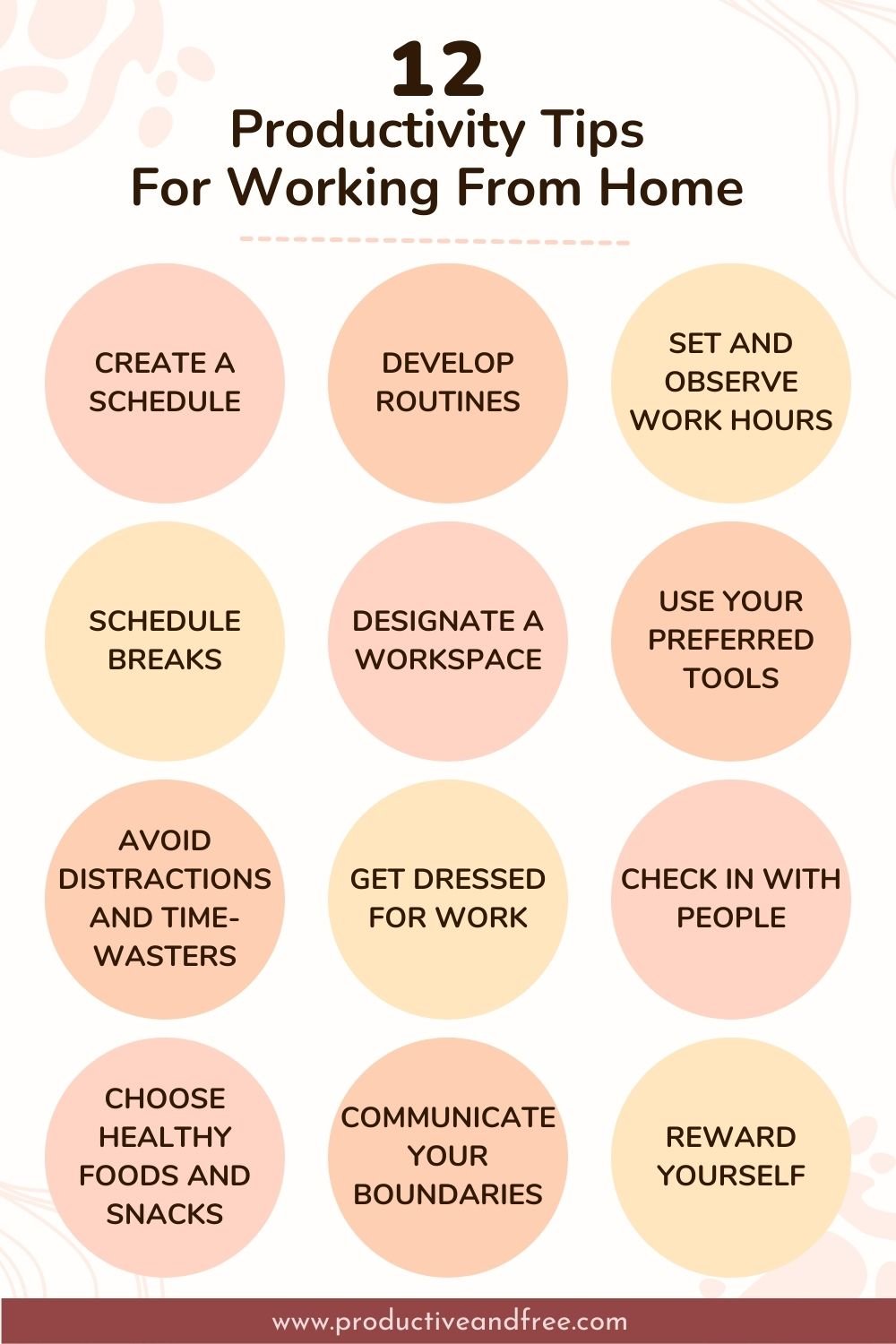
4. Eliminate Distractions
Distractions are productivity killers. Whether it’s your phone, social media, or the temptation to check your email, staying focused is key to getting things done.
How to Eliminate Distractions
-
Turn off notifications: Disable notifications for non-essential apps, so you’re not constantly interrupted.
-
Use productivity apps: Tools like Forest, Focus@Will, and Freedom block distracting websites and apps, allowing you to stay on task.
-
Create a distraction-free environment: Choose a quiet workspace, put on noise-canceling headphones, or use background music designed to enhance focus.
By minimizing distractions, you create an environment where productivity can thrive.
5. Take Regular Breaks
While it might sound counterintuitive, taking regular breaks can actually improve productivity. Working for long periods without breaks can lead to fatigue, reducing your ability to focus.
Benefits of Taking Breaks
-
Mental Recovery: Breaks allow your brain to recharge, helping you stay sharp and focused.
-
Improved Creativity: Taking a break gives your mind space to rest and come up with fresh ideas.
-
Reduced Stress: Short breaks help lower stress levels, which can increase productivity in the long run.
Make sure your breaks are structured and intentional, using techniques like Pomodoro or simply stepping away from your desk for a walk.
6. Stay Organized
A cluttered workspace or a disorganized schedule can impede productivity. Staying organized ensures that you can quickly find what you need and that your time is spent efficiently.
Tips for Staying Organized
-
Keep your workspace tidy: A clean workspace leads to clearer thinking and less time spent searching for materials.
-
Use digital tools: Tools like Trello, Evernote, and Google Calendar can help keep your tasks and schedule organized.
-
Declutter your digital files: Organize your digital workspace by naming files clearly and archiving old documents.
When your environment is organized, you’re less likely to get distracted or waste time on unimportant tasks.
7. Focus on One Task at a Time
Multitasking may seem like a way to get more done, but studies show it actually reduces productivity and increases mistakes. Focusing on one task at a time helps you complete it more efficiently.
Why Single-Tasking Works
-
Improved Quality: Focusing on one task ensures that you give it your full attention, resulting in higher-quality work.
-
Faster Completion: When you focus on one thing, you’re less likely to make errors that need to be fixed later, which saves time.
-
Less Stress: Trying to juggle multiple tasks can create unnecessary stress. Single-tasking helps you stay calm and collected.
By committing to single-tasking, you eliminate the stress of trying to do everything at once.
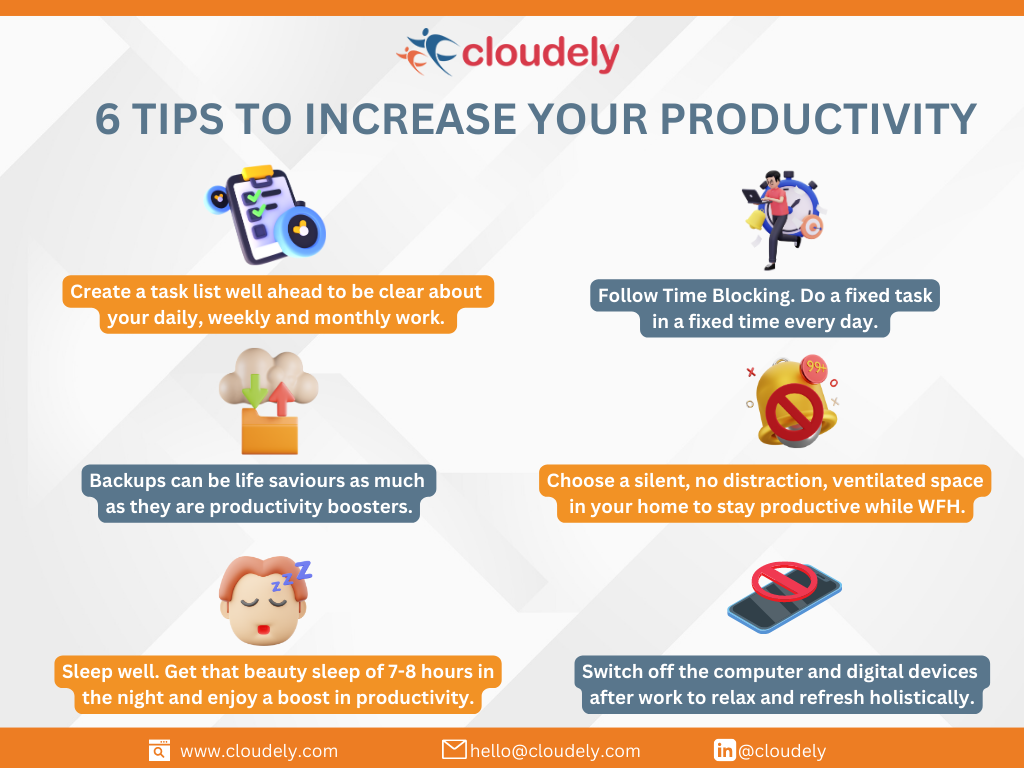
8. Set Boundaries with Your Time
To maintain high levels of productivity, it’s crucial to set boundaries with your time. This means saying “no” when necessary and respecting your work-life balance.
How to Set Boundaries
-
Set work hours: Establish clear work hours and stick to them. Don’t let work spill over into your personal time.
-
Limit meetings: Avoid unnecessary meetings and set time limits for each one to ensure they’re productive.
-
Say no: Don’t overcommit yourself. Politely decline requests that will interfere with your productivity.
Setting boundaries allows you to manage your time effectively without overwhelming yourself.
FAQs About Boosting Productivity
1. How can I stay productive when working from home?
Create a designated workspace, set clear work hours, and minimize distractions. Use productivity tools like Trello and Focus@Will to stay on track.
2. What are some productivity tools I can use?
Some popular productivity tools include Trello, Asana, Google Calendar, Evernote, and Forest. These tools help with task management, organization, and focus.
3. How do I handle distractions at work?
Identify the source of the distraction and take steps to eliminate it. This could mean turning off phone notifications, using focus apps, or organizing your workspace.
4. What are the best time-management techniques?
Time-blocking and the Pomodoro Technique are two of the most effective time-management strategies. Both help structure your time and maintain focus.
5. How do I stay motivated to work?
Setting clear, achievable goals and celebrating small wins can keep you motivated. Break tasks into smaller chunks, and focus on the sense of accomplishment after completing each one.
Conclusion
Boosting your productivity is not about working longer hours but about working smarter. By implementing these productivity tips, such as prioritizing tasks, setting SMART goals, using time-blocking techniques, and eliminating distractions, you can make the most out of your time. Stay organized, take regular breaks, and remember to set boundaries to prevent burnout. With consistency and practice, you’ll see improvements in your focus, efficiency, and overall productivity.


